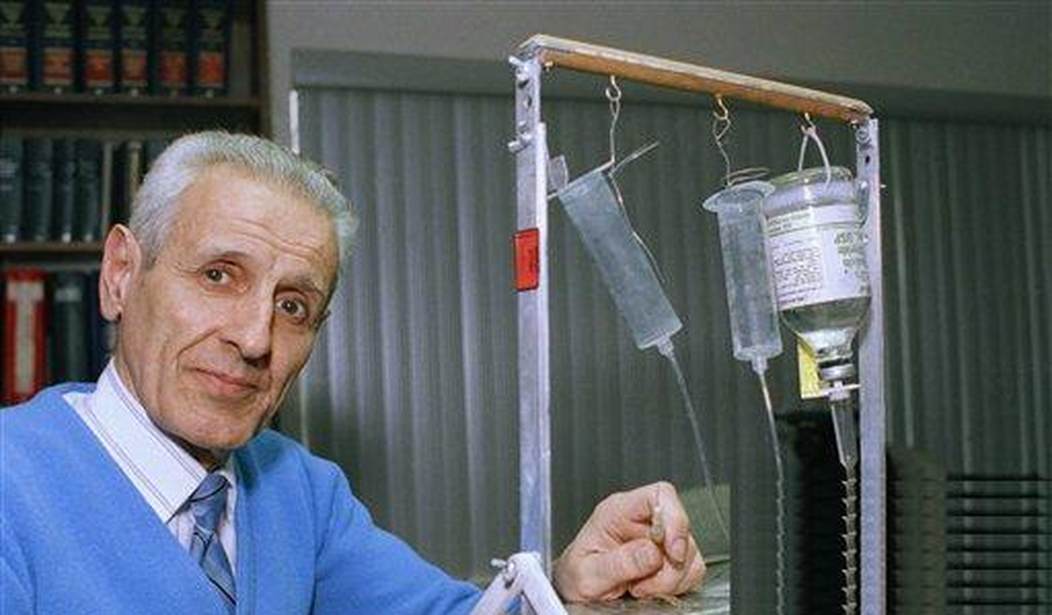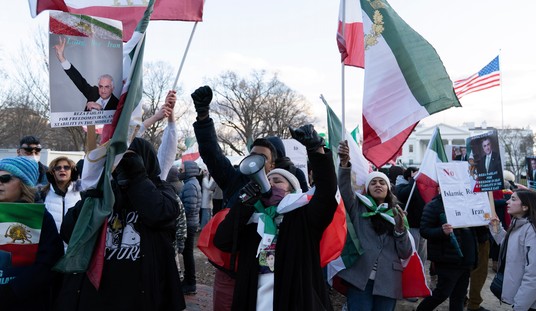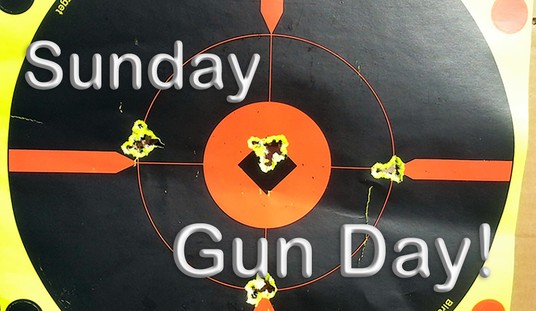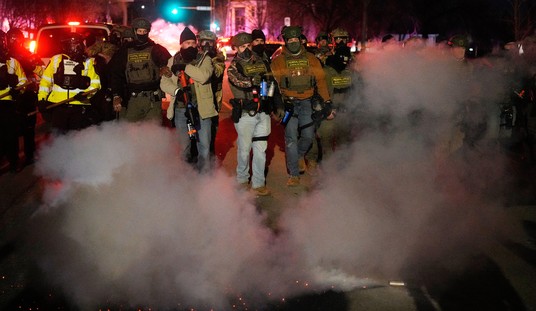I love true crime podcasts, and I’m particularly obsessed with how law enforcement tracks and apprehends serial killers. I know I’m not alone in being morbidly fascinated by what makes a serial killer become a serial killer in the first place.
There are varying flags and signs when it comes to the mind of a serial murderer. We won’t get into them here, but if you’re too lazy to read up on the topic but still want to know more, I highly recommend the “Mindhunter” series on Netflix.
All that being said, one common thread among these twisted personalities is that almost to a person, they “ramp up” to murder. There is the obligatory red flag of harming and torturing animals, which often mutates into attempting the same on humans. Often, their first victims survive. The killer hasn’t the courage to finish the act, or fails with a weak attempt (it is harder to kill the human body than many people imagine). But once they manage to complete that first, heinous act, every murder after that becomes easier and easier.
I recently watched a Dateline episode about a man who murdered his lover’s husband at her encouragement. He murdered his own wife mere months later, in a pathetic attempt to be free to openly pursue his mistress. The detectives who eventually nailed his dumb ass to the wall said they arrested him as quickly as possible, because they were worried about the harm he might bring to other members of their families, especially the children. Their reasoning? Once you’ve killed one time and gotten away with it, the act becomes much easier to consider as a solution to a problem.
That brings us to the tragically shocking case of Canadian Paralympian Christine Gauthier. The paraplegic and military veteran put in a request to Canada’s veteran services for a chair lift in her home. Canada is well known for providing a myriad of social services and Canadians pride themselves on their “free” healthcare system. The seemingly small request from person who sacrificed her life and body to represent her nation both in military service and athletics should have been simple to fulfill.
Instead of a chair lift, Gauthier received a letter from Veterans Affairs offering to euthanize her instead, through the creepily named “medical assistance in dying” program.
“I have a letter saying that if you’re so desperate, madam, we can offer you MAID, medical assistance in dying,” said Gauthier who injured her back during a 1989 a training accident.
Testifying in French before the House of Commons veterans committee, she also said she’s been fighting for a home wheelchair ramp for five years and expressed her concerns about the assisted dying offer in a recent letter to Prime Minister Justin Trudeau.
The northern nation first legalized euthanasia in 2016, and supporters said it would simply allow the terminally to end their lives on their own terms. Those in opposition worried about the slippery slope that could appear when a country decides to embrace suicide as a policy.
Hopefully, Canadians have put on their toques and grabbed their sleds, because that slippery slope is in full effect.
While the original legislation was meant to lend “dignity” to the terminally ill as they faced down death, it has quickly come to be applied to all sorts of situations, including that of other disabled Canadians and those suffering mental trauma like PTSD. At least four other former members of the Canadian military have come forward to reveal they too were offered medical assistance in dying.
In 2019, Alan Nichols applied for to be euthanized for relief from depression. His request was granted, much to the terror of his family, who had previously hospitalized him for suicidal ideations.
Alan Nichols had a history of depression and other medical issues, but none were life-threatening. When the 61-year-old Canadian was hospitalized in June 2019 over fears he might be suicidal, he asked his brother to “bust him out” as soon as possible.
Within a month, Nichols submitted a request to be euthanized and he was killed, despite concerns raised by his family and a nurse practitioner.
His application for euthanasia listed only one health condition as the reason for his request to die: hearing loss.
Nichols had been prescribed medication to relieve his depression, but he’d stopped taking it. He had no other ailments, but the Canadian government said they’d be willing to kill him anyway, per his request.
To take one’s own life might seem inconsequential to many. After all, it’s your life. If you want to end it, who cares? A lot of people actually will care, which is something you won’t live to see. However, outside of what suicide does to family and friends, there is a larger principle at play here. It is the idea that our lives were not given to us by our choice, and thus should not be taken from us by our choice. Even in an irreligious society like Canada, the notion that there is a higher standard to appeal to when it comes to the sanctity of life is a vital part of a thriving society. Humans have a penchant for extremes. If not tempered by the law and by at least the passing acknowledgment of a larger force – call it God or the universe or just kindness (I call Him God, for the record) – we will keep pushing and pushing to the edges of our ideas.
Once we embrace the idea of death as a “compassionate” solution, we are already pushing the borders. That is why abortion laws began as restricting the procedure to “safe, rare and legal” practices, with exceptions only for when the mother’s life is in danger, and now embrace unlimited justifications that all fall under the “mother’s life” umbrella. The argument began as pertaining only to a physical standard. The idea quickly morphed to include financial hardship, personal hardship, depression, and even the inability to pursue schooling or careers as “dangers” to a mother’s life. Nowadays the question isn’t even on the table. If you need an abortion, you’ll get one…because you say you need one. No questions asked (except in states that have rolled back their permissive abortion laws). That slope didn’t even have a chance to get slippery. It just became a cliff.
To kill once makes the next murder easier. The next thousand murders will just seem like policy.
Canada’s euthanasia laws have created an environment in which life is no longer sacred and in need of protection, but merely a transaction between an individual and his/her government. Transactions eschew feeling for efficiency. Sure, the government could offer Gauthier her chair lift, but wouldn’t it just be easier if she died? Not being able to get up the stairs is hard; maybe she should just not be.
And this was an easy calculation for the government to make. They’ve already assisted in thousands, even millions of citizen deaths through both euthanasia and abortion. What’s one more corpse on the pile? That’s one less chair lift to pay for, one less Canadian to hear complaining? Soon, every “burden” will be erased from the landscape, and Canada can enjoy its master race in peace.
Canada cannot come back from this. No society can. It is the final nail in the coffin for the downturn of any great society. When life becomes an expendable idea, instead of a holy ideal, the race to the bottom has already begun.













